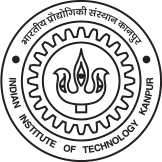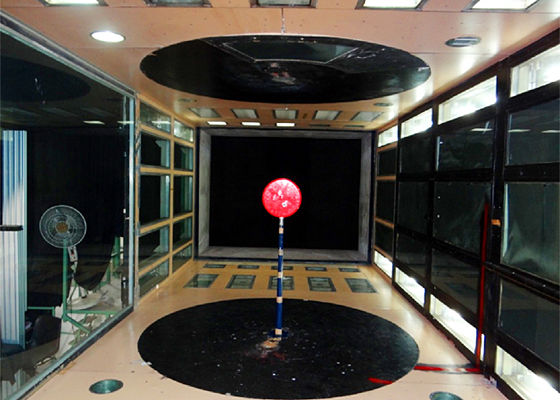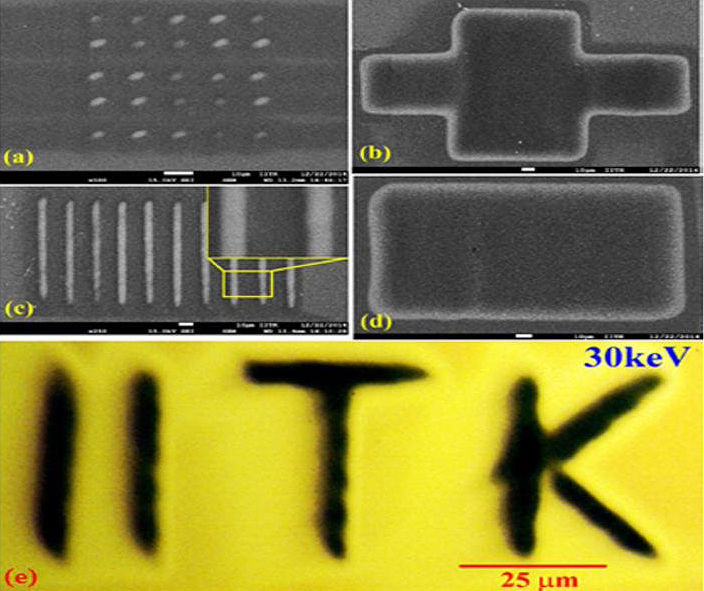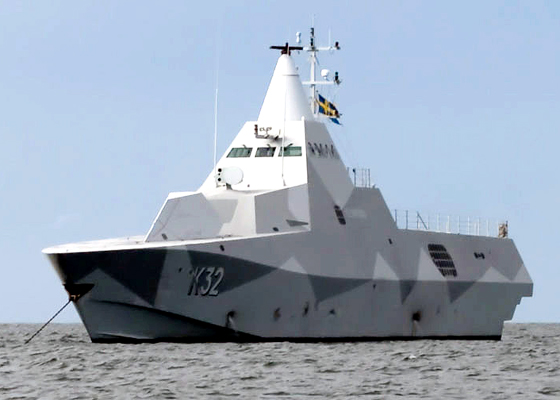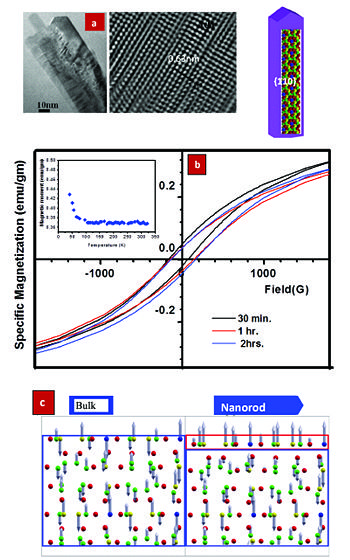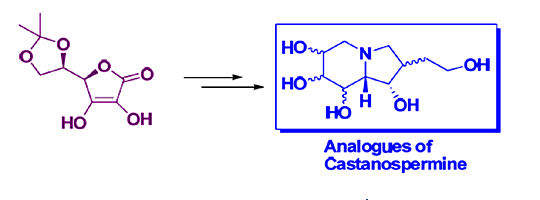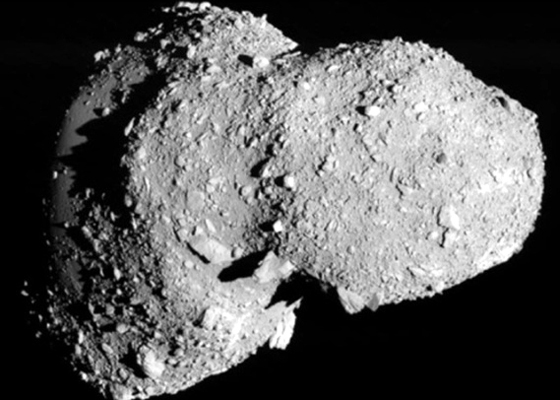
Design and Fabrication of Autonomous Flapping Wing Unmanned Air Vehicle for Surveillance and Aerial Photography
PI: Professor Debopam Das, Department of Aerospace Engineering
Co-PI: Professor Abhishek, Department of Aerospace Engineering
Professor K.S. Venkatesh, Department of Electrical Engineering
![]()
The project aims to build an autonomous 1.5 m wing span flying bird which will carry a small camera as the payload and will be able to record pictures for surveillance applications. Two other flying models have been constructed of wind span 1.6m with very distinct mechanisms and weight. The use of polythene wing membrane with density 40gm/m2 has proved to deliver superior performance.
![]() Technical Results Obtained:
Technical Results Obtained:
Flapping wing vehicle:
- Two new flying models have been constructed of wingspan 1.6m each with different mechanism and weight.
- Various materials were tested for a good wing construction and different arrangements of stiffeners.
- Polythene wing membrane (40 grams /sqm ) proved to deliver superior performance than a polyurethane coated nylon fabric (80 grams /sqm)
- Density of the wing membrane is critically important and plays a vital role in the flight performance. The nature of flexibility for the large wing needs to be investigated.
- Wind tunnel testing has been carried on a smaller model of 1 m wingspan (Cleo) using ATI mini 40 6axis load cell at NWTF.
![]() Autonomous flight test carried out on this model for loiter mode:
Autonomous flight test carried out on this model for loiter mode:
- Flight data (Euler angles and rates) are collected using a NAVSTIK autopilot with onboard data logging.
- Unlike an aircraft, the attitude of ornithopter contains ripples of oscillations which has same frequency as the flapping of the wings and is filtered using a low pass filter to get the attitude of the vehicle.
- The tail movement generates a coupling between pitch and yaw. To decouple, a mixing is introduced in the tail i.e. when the tail turns to yaw, it also pitches up to compensate for the effective reduction of tail area due to turning.
- The vehicle is further tuned manually by adjusting gains of the autopilot by flying and testing.
- Loiter is accomplished by flying in a circle of given radius.
- Once properly tuned the vehicle was able to fly through the specified path.
- Wind tunnel testing has been carried on a smaller model of 1 m wingspan (Cleo) using ATI mini 40 6axis load cell at NWTF.



